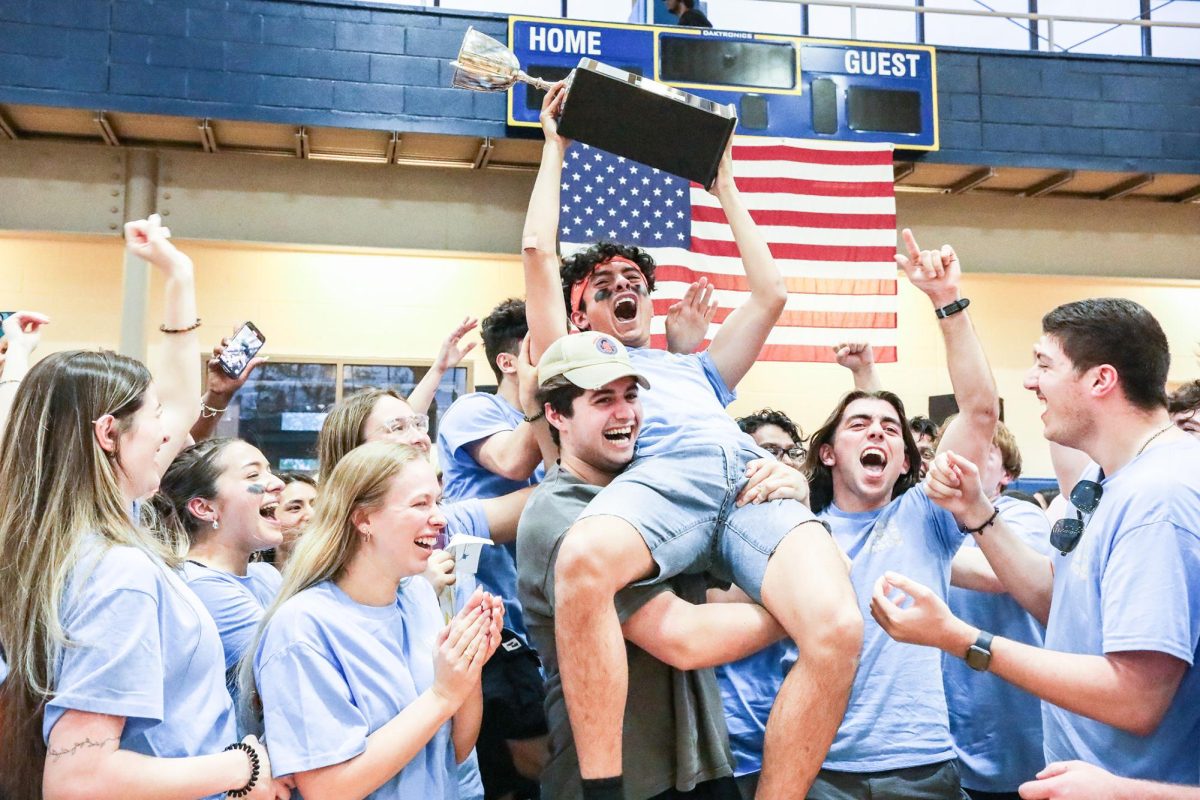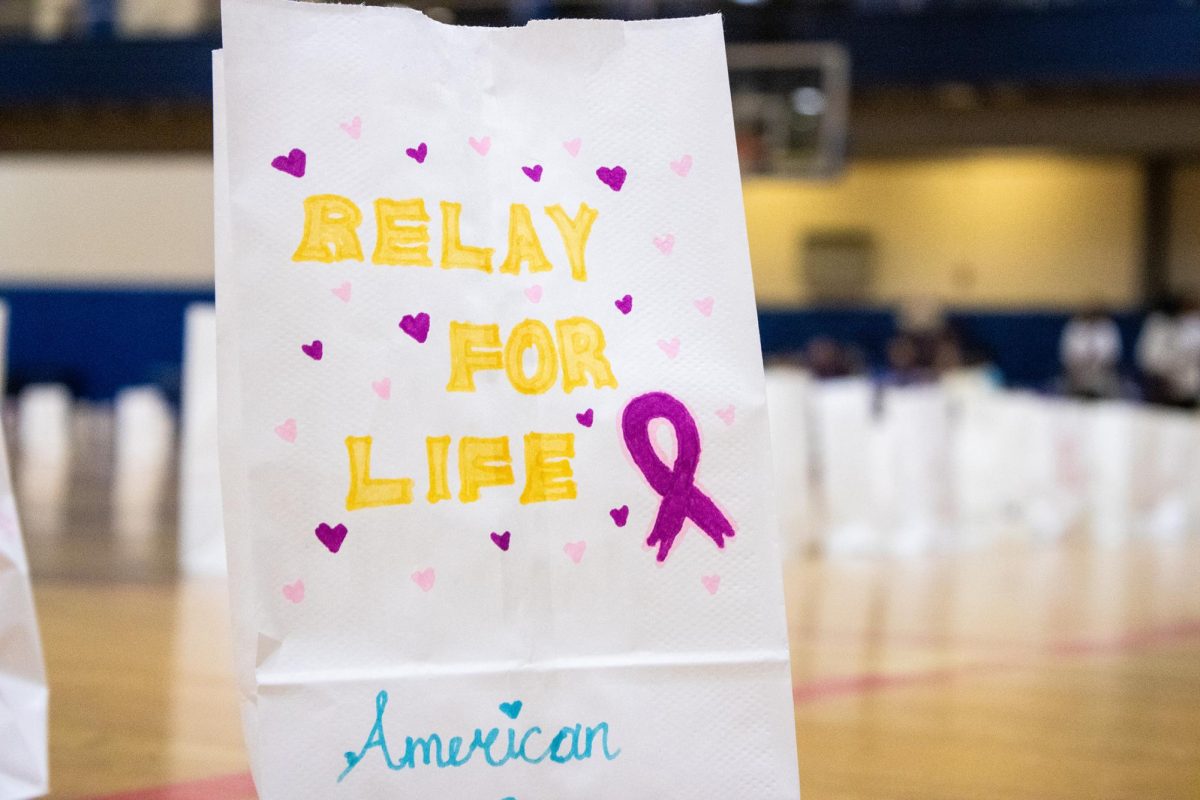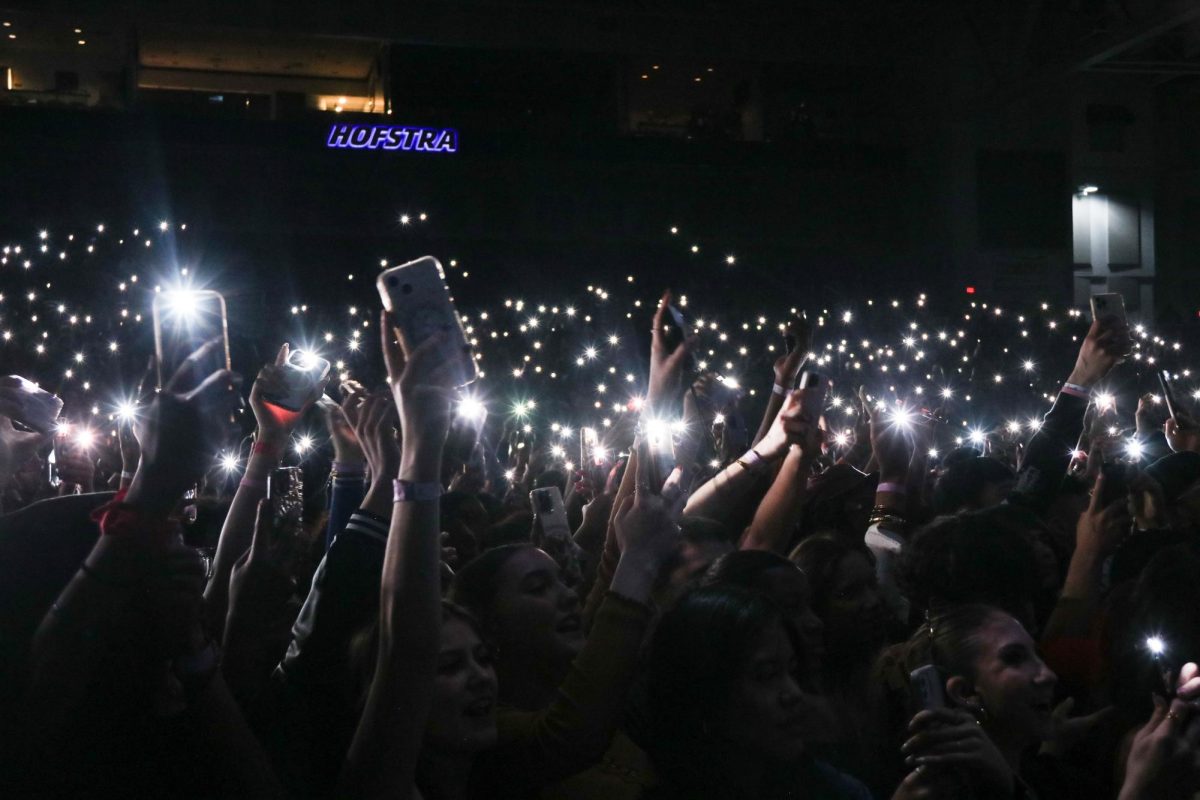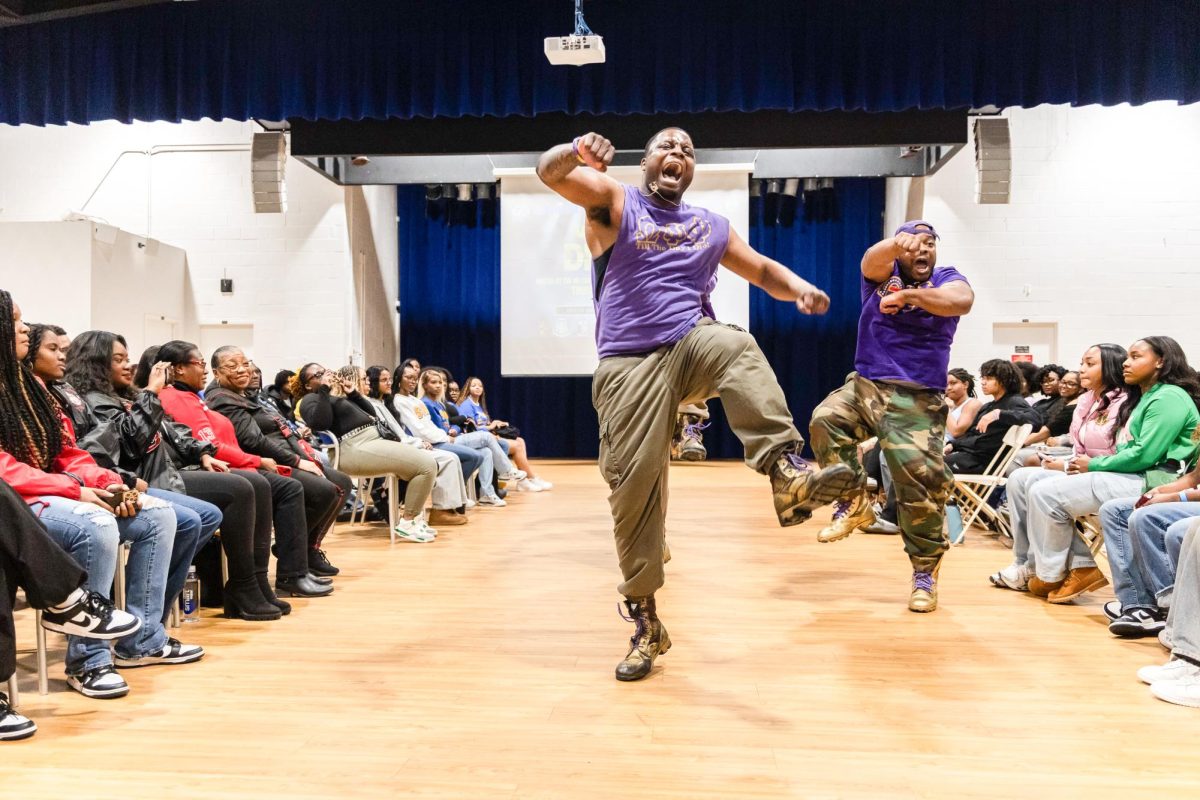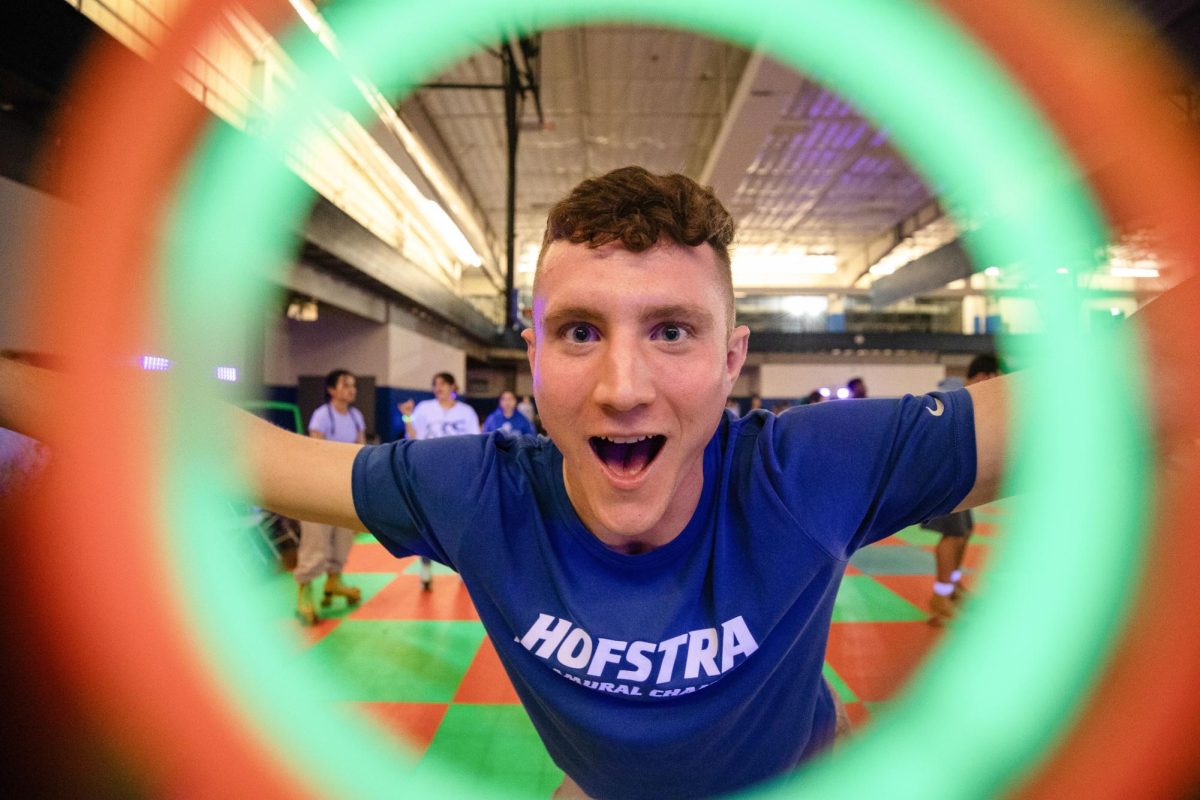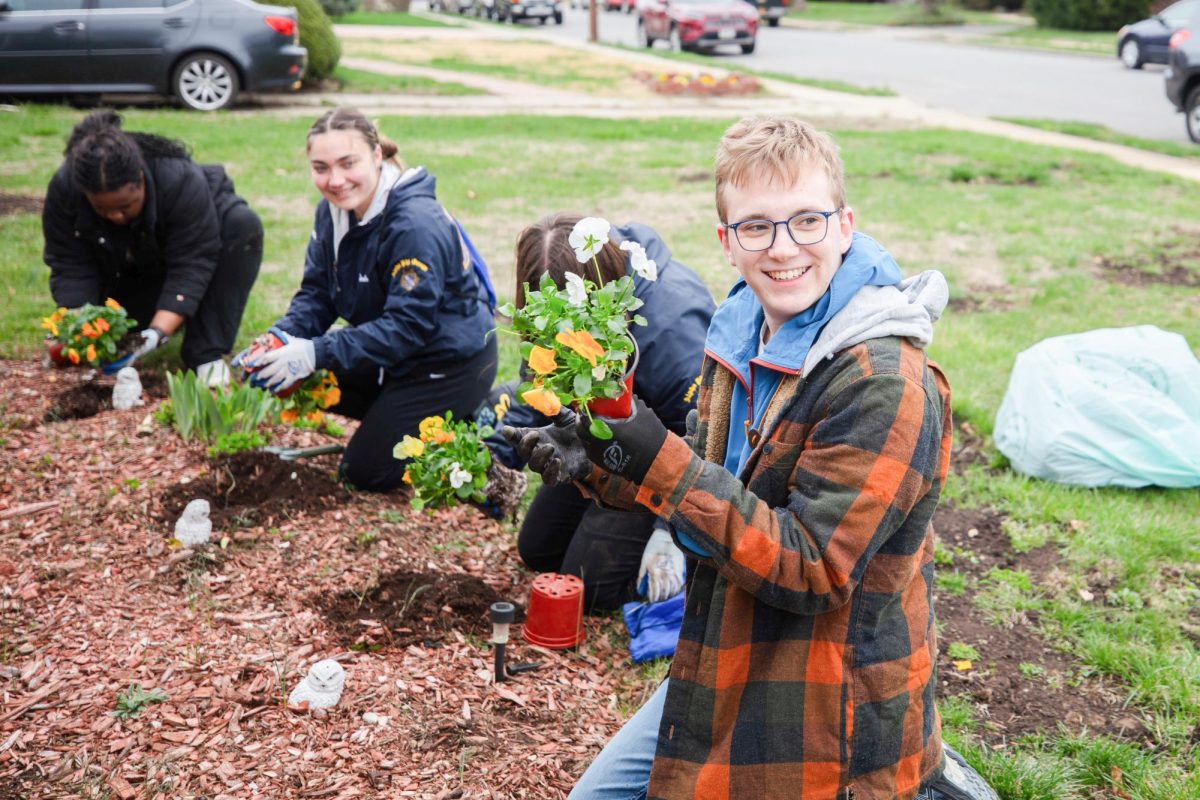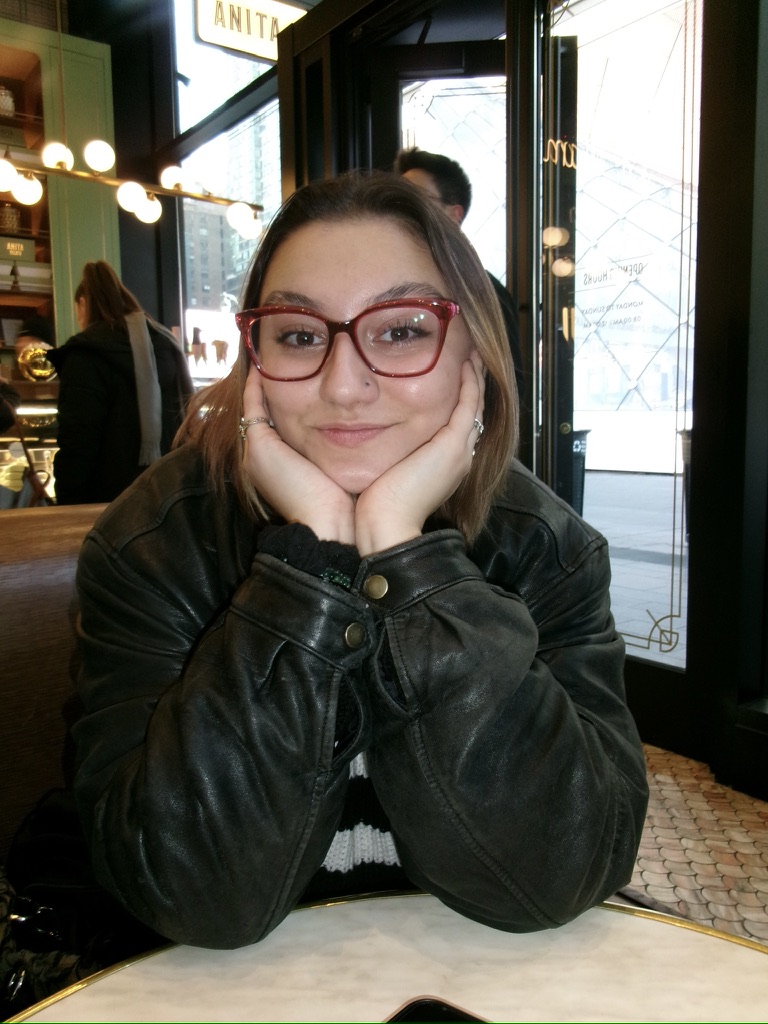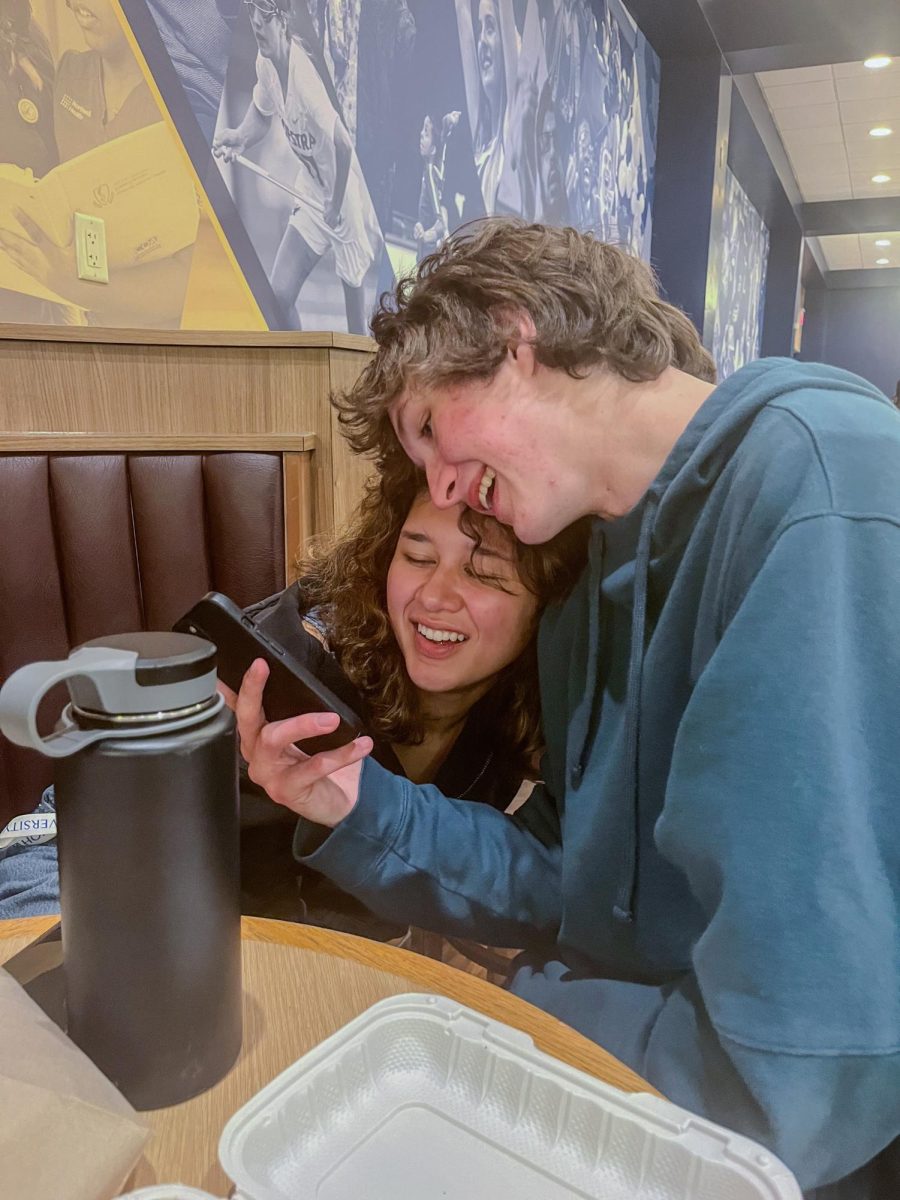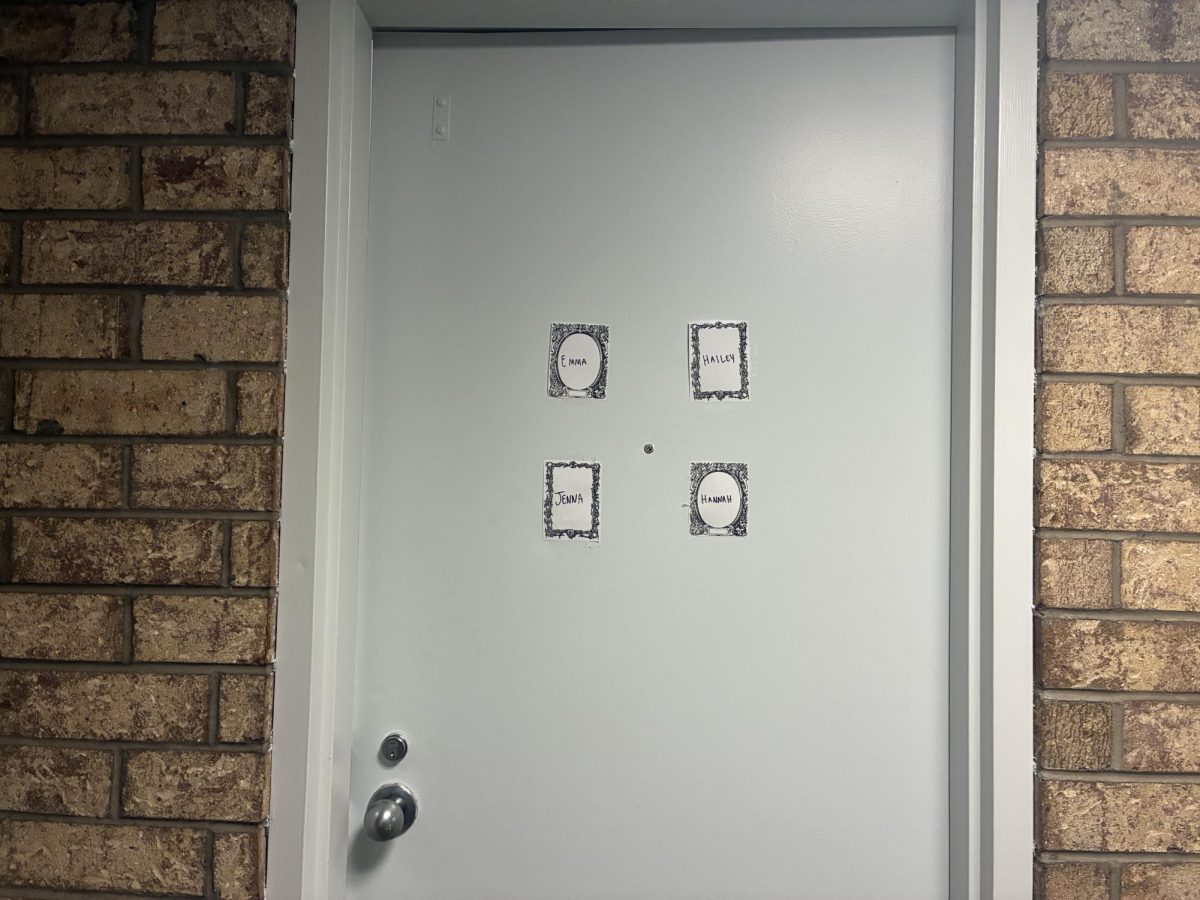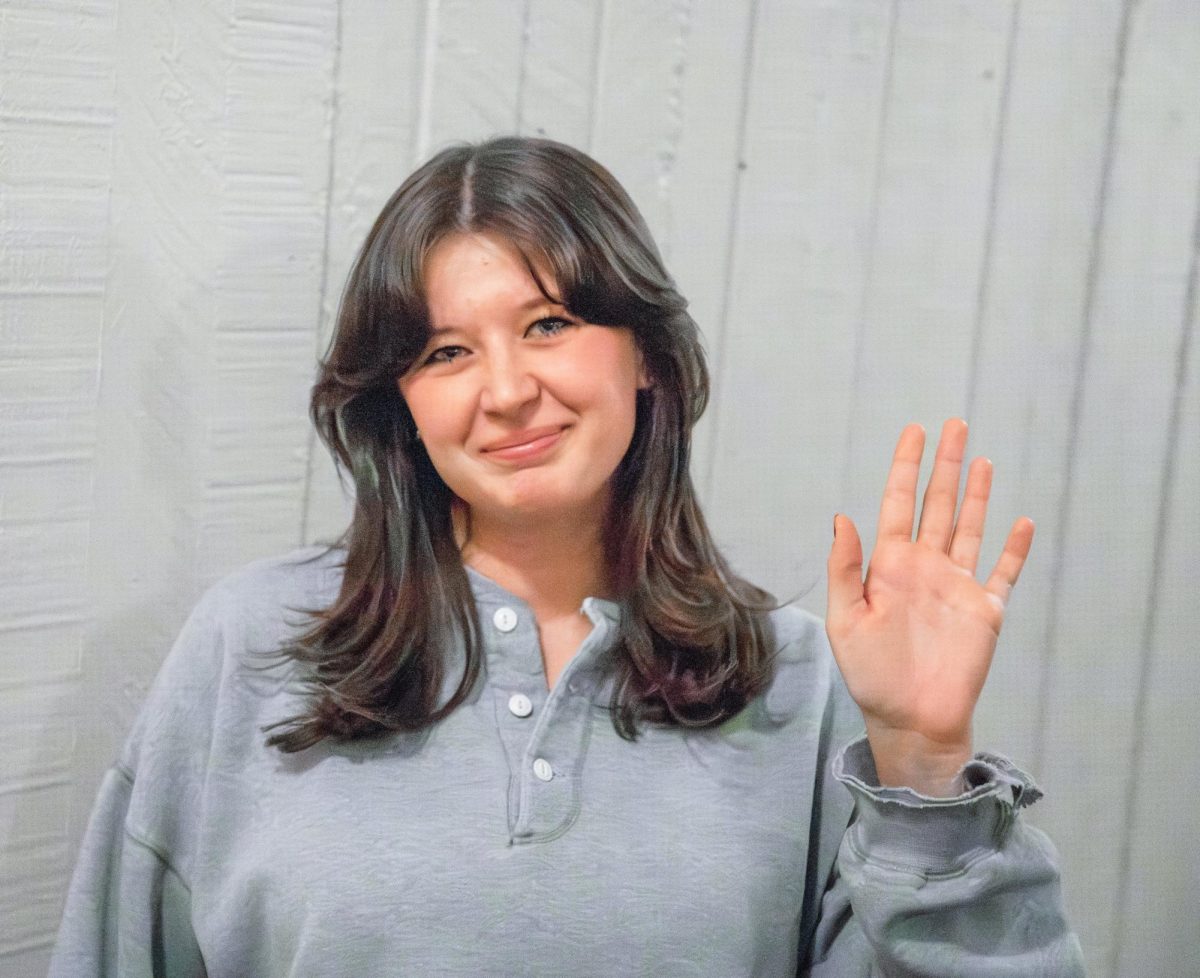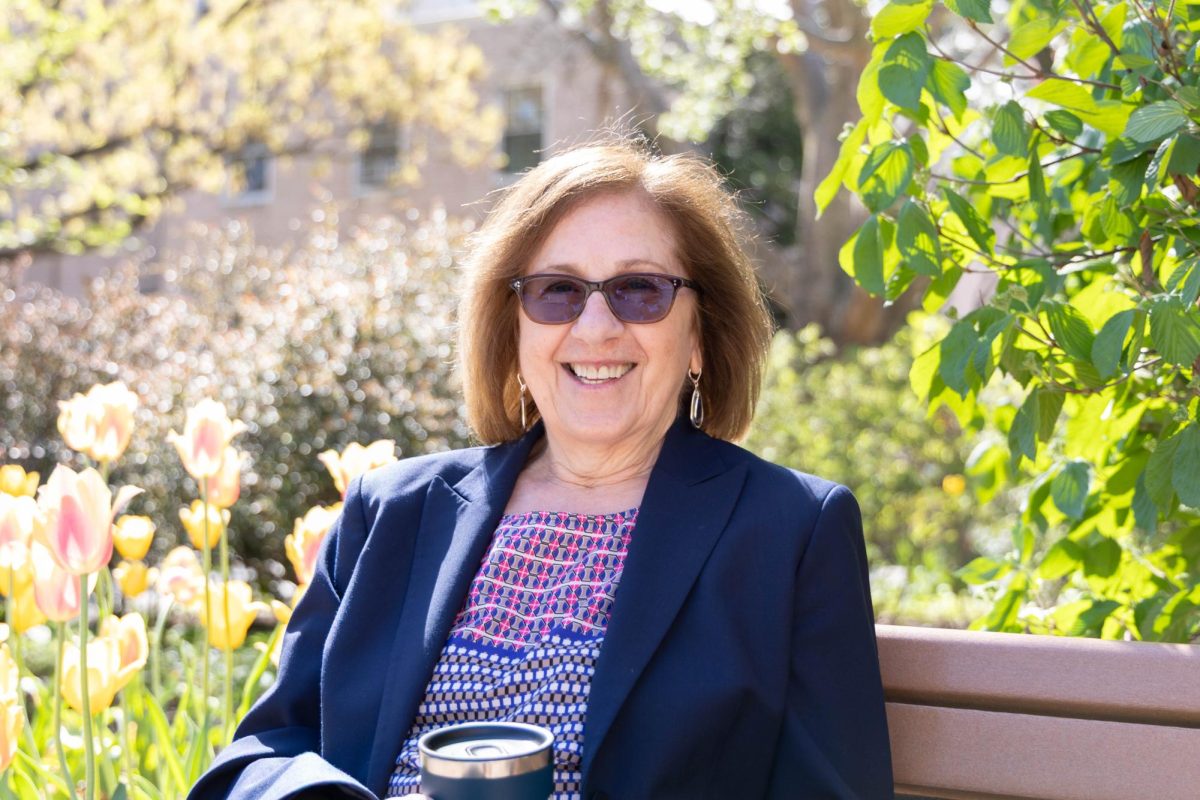By Gisela Factora
Assistant Editorial Editor
“I don’t know jack shit about running shows.”
This was the thought constantly running through my head during the week leading up to the first DIY show I ever booked. And no, when I say “DIY” I’m not referring to home improvement projects. DIY in this context refers to music; musicians who typically release their music independently or through a smaller label, who typically play non-commercial venues (like the High Hopes garage, for instance). Some use the DIY circuit as a stepping stone to mainstream success – Snail Mail played Our Lady of Perpetual Hope, the predecessor to High Hopes, last summer and was recently featured in an article in the New York Times. Mitski played Dong Island, the predecessor to Our Lady, in 2014, and last year played a sold-out show at the now-defunct Webster Hall, and is touring with Lorde in the spring. Even Green Day started out playing shows at 924 Gilman, a legendary DIY space in California’s Bay Area.
But success in DIY isn’t the main goal; it’s a pleasant side effect. Unlike commercial venues, most house venues don’t make money off their shows. 100 percent of the donations from the show (the word “donations” used to skirt laws that restrict for-profit businesses) go to the performers, in keeping with the general anti-capitalist ethos of the scene. And even then, most of the revenue performers generate goes to making more music or gas for the tour vehicle or producing merch. It’s not about making a living. Members of some of the most prolific bands in the scene still work regular old retail or food service jobs, while playing donation-based shows and sometimes giving away their music for free or offering a link to a free download if the listener is unable to pay. DIY, from recording to booking to touring, is a labor of love.
I’ve been going to shows since I was 16, and the DIY scene at home in Los Angeles operates pretty similarly to the scene here in New York. But until a few months ago, I had never booked a show of my own. As a freshman and a transplant from California, I was nervous about asking; I didn’t want to overstep any boundaries. One day, though, I brought it up to Gill Pitzer, a second-year resident at the house who was primarily in charge of booking shows until they went on hiatus.
“Hey, by the way, could I possibly book a show here sometime?”
“Yes!” Pitzer exclaimed. “Please, for the love of god, help me with booking.”
So I did. But with this show, and with shows in general, I wanted to ensure that it was diverse. Like I said, the LA and New York scenes are similar, but definitely not the same. In LA, the scene is pretty much run by brown people – it’s not uncommon to see a predominately Latinx or Asian (or both, or more) crowd, or a predominately non-white bill. But a lot of shows here are overwhelmingly white, both in terms of the crowds and the bands booked. This is, of course, not to mention the fact that DIY tends to also be dominated by cisgender heterosexual men (who are also usually white) as well. And a lot of times, even when shows are diverse in terms of gender and sexuality, they are still comprised of all-white bands.
I didn’t want this to be the case. As a queer person of color myself, I know that diversity is more than just finding a few white queers with septum piercings who know three chords on the guitar. And I also know that there are so many queer/trans people of color (QTPOC) making music in New York, waiting to be discovered and being totally slept on.
So I booked Asteria, a feminist two-piece band based at Hofstra; there is no escape and never was, whose sound I like to describe as “Filipemo;” Lucky Cat, a queer mixed-race musician with gorgeous and terribly sad songs and Addie Pray, who I found by putting out a call for artists of color in the Facebook group “diy friends,” whose music I’ve since become obsessed with. All this was a feat achieved primarily through Facebook and Instagram DMs.
The day of the show arrived, and I still had no idea what I was doing, especially with regard to the most important aspect: sound. Neither Gill nor Quin, another resident of the house who helps run the open mics, was going to be around for the start of the show. So, having never done sound for a show before or touched the PA beyond plugging my phone into the aux cord once or twice, sound was going to be pretty much entirely up to me.
Quin, at my desperate behest, took me into the garage and gave me a brief overview of the incredibly advanced technology I would need to master in the span of a few hours. By which I mean it was way easier than I thought it would be. These dials control these mics, here’s where the string lights plug in, here’s a cord that people can borrow to plug their guitars in.
Everyone showed up about half an hour late, which is just about standard for DIY. I shook everyone’s hand. There was a bit of awkward silence, as there is when you put a bunch of people who have never met before in a room together, though two of the acts did bring a friend for moral support. Those two acts had actually never been to Long Island before, a fact which I apologized profusely for altering. Everyone warmed up to each other eventually, though, and talked about things like cartoons and video games. I prayed to god that it wasn’t extremely obvious that this was the first show I had ever booked, that I wasn’t making any rookie mistakes. Save for Asteria, I was much younger than everyone else, a baby of 19.
Around 8 p.m., people started filtering in. Like, a ton of people. Way more than I had expected. I stood outside with a pouch, collecting people’s donations. It was freezing cold, but I was so anxious I couldn’t feel it. Some more familiar friends hung out in the kitchen, others just went straight into the garage. And by the time Asteria started playing, the garage was packed and more people kept coming. My friend Mary, who books shows at the house sometimes and who really inspired me to start booking, hugged me at one point between sets and exclaimed, “You packed the house! I’m so proud of you!”
Asteria played beautifully. Lead singer Irene Yannios has the voice of an angel, and at one point when they played “Safe Skin,” a song she wrote about losing a friend to heroin addiction, one of my friends messaged me to let me know how emotional the song had made him.
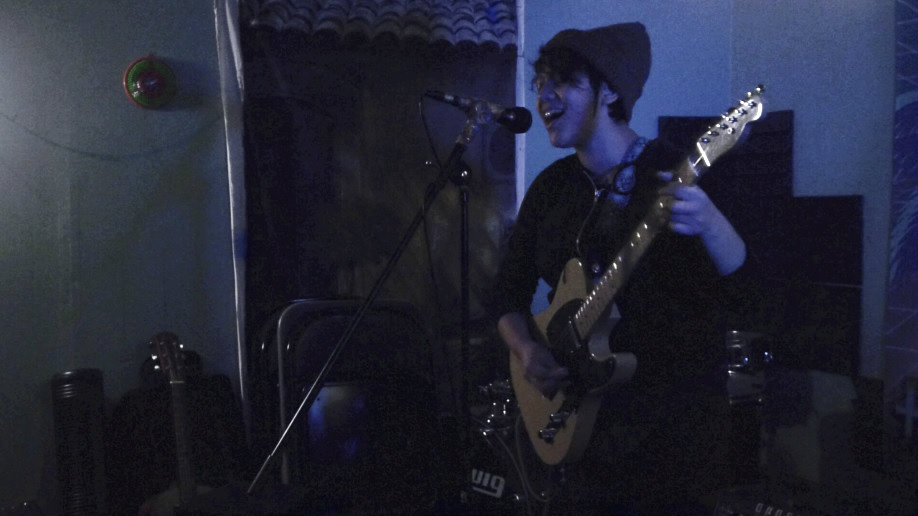
The emotion didn’t stop either; each of the subsequent performers, with just their voices and their guitars, bared their souls with songs about trauma, breakups, feelings of racial alienation and of course, a Joyce Manor cover, courtesy of there is no escape and never was. There was even a cover of one of my favorite songs from Adventure Time by Lucky Cat. There were no issues whatsoever with sound; everyone sounded fantastic. Things were going way better than I could have hoped for, and I was ecstatic. It turned out that my fears about seeming sophomoric were unfounded as well. At one point between sets, I let slip to Lucky Cat that it was actually my first show, and they were astonished because everything was going so smoothly.
The night ended with a set from Addie Pray, which I got to enjoy from the audience rather than from behind the PA, as she just used an acoustic guitar and her voice, not even a mic. She sat, and after her first song, invited everyone else to sit, which we did. I looked out at the crowd as Addie Pray’s gentle voice wafted over everyone like the scent of a campfire, warm and familiar, and I was filled with a sense of something I can describe only as magic. Even though the crowd had thinned out a little bit, and even though the space heater had done little throughout the night to fight off the biting cold, the garage was still full of people who all sat in complete silence and were enchanted by this incredibly intimate set that seemed to be the perfect ending to an incredibly intimate night.
After the show ended, my girlfriend and I counted up the money from the pouch. A total of $110, and my girlfriend pitched in $2 so that we would be able to divide the profits completely evenly among the four acts. People hung out in the kitchen and living room for a little bit afterwards, but overall it had been a very low-key night, and so the aftermath was pretty low-key. As the performers started heading home, I hugged each one of them, having progressed beyond mere handshake levels, and we thanked each other. As I helped them haul their amp back into their trunk, Lucky Cat even slipped me a copy of their other band’s CD, as thanks to me for booking the show.
Once everyone was gone, I collapsed into the couch with a sigh of combined exhaustion and satisfaction. Everything had gone smoother than smooth, it seemed that the audience had enjoyed the night, and it seemed like the performers had really enjoyed playing as well. I was glad that, if only for a few hours, people got to experience the sense of home and community that this house has given me over the past year and a half.
And I can’t wait to do it all again, and again, and again.

